Seriously Cute: Visiting Artist Hiroshi Yoshioka on Japan’s Kawaii Aesthetic
Visiting artist and professor Hiroshi Yoshioka neatly summarized the Japanese “kawaii aesthetic” for Stamps School of Art & Design students in just four words: “It is so cute.” Behind Yoshioka, glowed a presentation image of a tiny, smiling jar of Nutella as supporting evidence.
As cute as kawaii culture may be, Yoshioka is a serious researcher of aesthetics and art theory. Based at the Kokoro Research Center at Kyoto University in Japan, he is also president of the Japanese Society of Aesthetics.
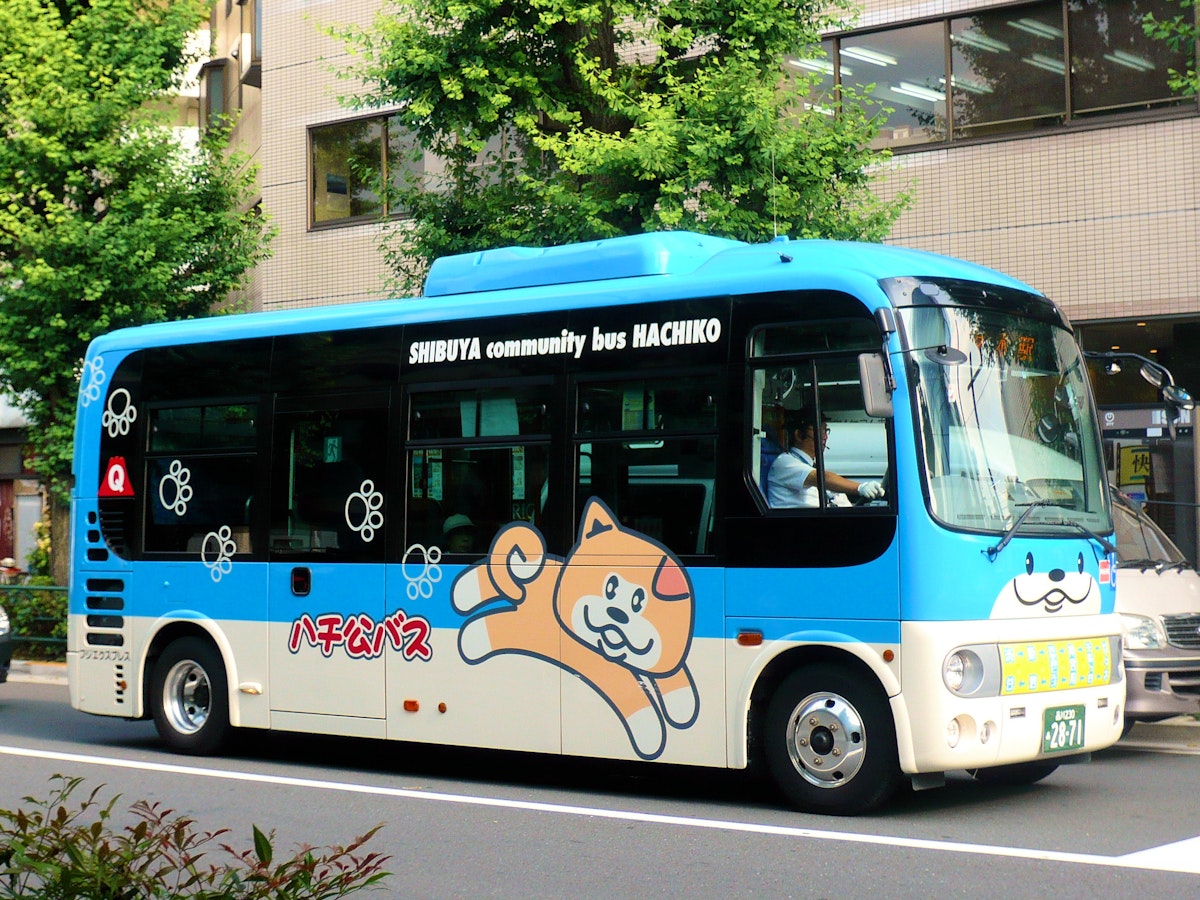
During a recent lecture for students studying Japanese aesthetics as part of Art and Design in Context (ARTDES 150), Yoshioka focused on the topic of kawaii, which he grouped with other "entertainment"-driven aesthetics in contrast with the more stoic ideals of traditional iki, Wabi-sabi, and Zen movements.
The origins of the phrase "kawaii," a movement that came to prominence in Japan in the 1990s, comes from the Japanese words "kayho," or "face," and "hayushi," which Yoshioka equated to "blushing" or becoming red.
In slide after slide, he demonstrated how the signature, smiling faces and colorful, cartoon characters closely associated with kawaii are found everywhere in Japanese popular culture. Road construction signs, public transportation, military recruitment posters, and bento box lunches — nothing is off limits. As a famous example, Yoshioka shared a series of images of Tawawa-chan, the kawaii mascot of Kyoto Tower, the tallest structure in Kyoto.
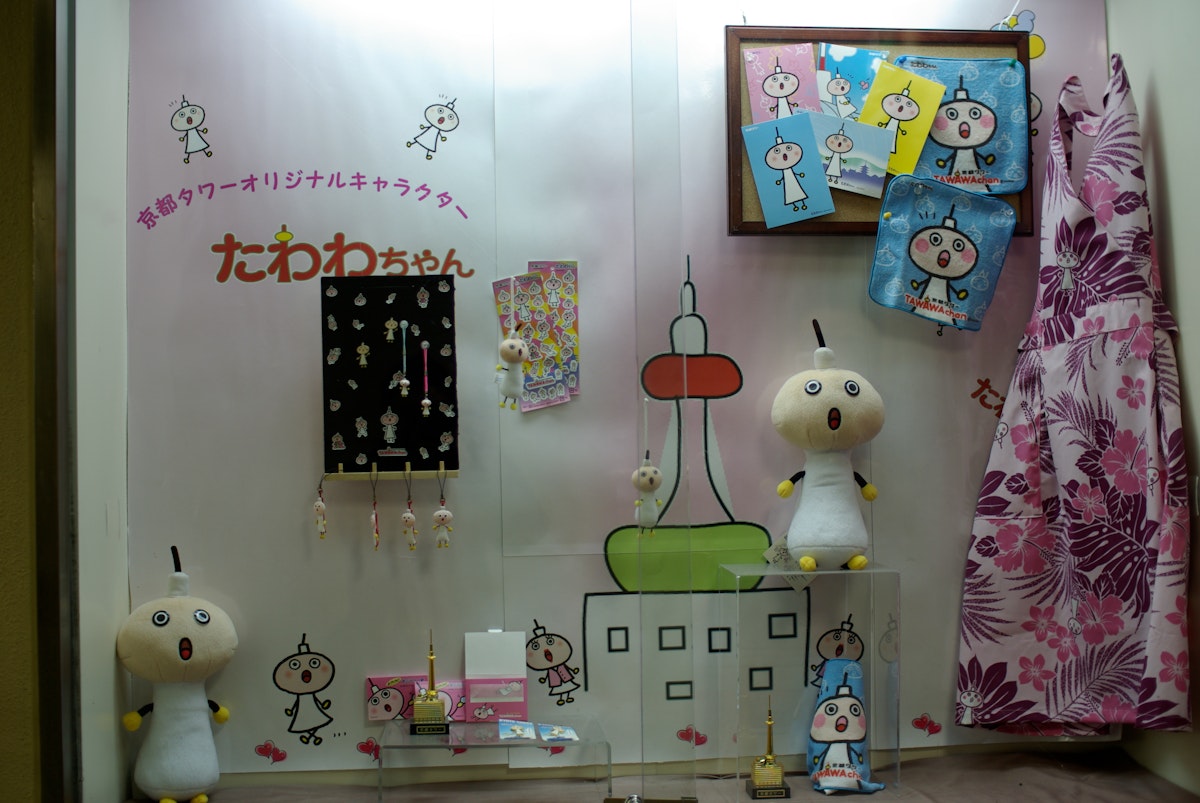
Over the course of the lecture, Yoshioka also broke down the three main principles of kawaii: neoteny (characters retaining, or even regressing to, adolescent traits as they mature), ubiquity, and combinability with other forms (for example, the scary-but-cute and grotesque-but-cute subgenres of "kowakawaii" and "gurokawaii).
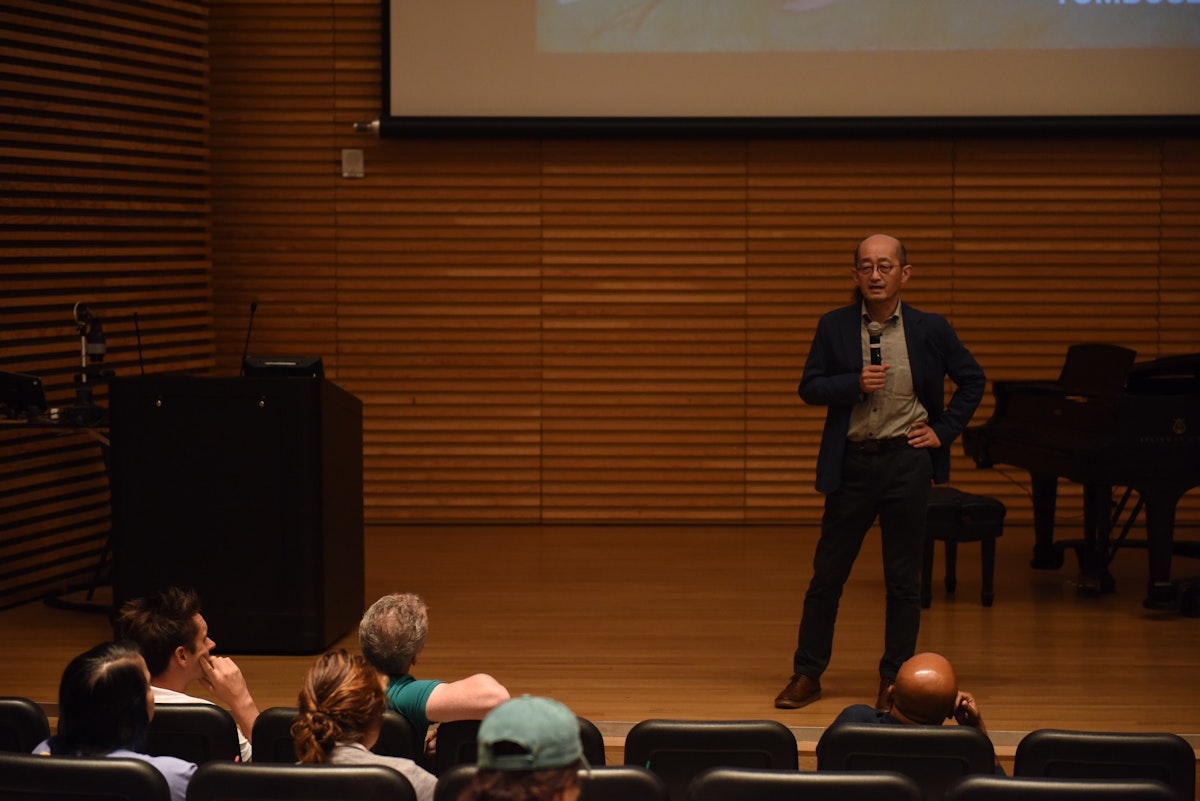
Yoshioka also introduced Stamps students to Tombosensei, a kawaii artist whose work utilizes concepts of ubiquity and combinality. The Japanese graphic artist’s minimalist style features three, distinct little lines added to nearly any object to create a new smiling figure. Yoshioka explained the artist also encourages users to download his trademark icon and add it to whatever they please to create new work. Yoshioka shared slides featuring altered renderings of a radio speaker, the universal recycling logo, and the faces – and bottoms – of Henri Matisse’s nude figures from “La Danse” (the last of which drew audible laughs from the crowd).
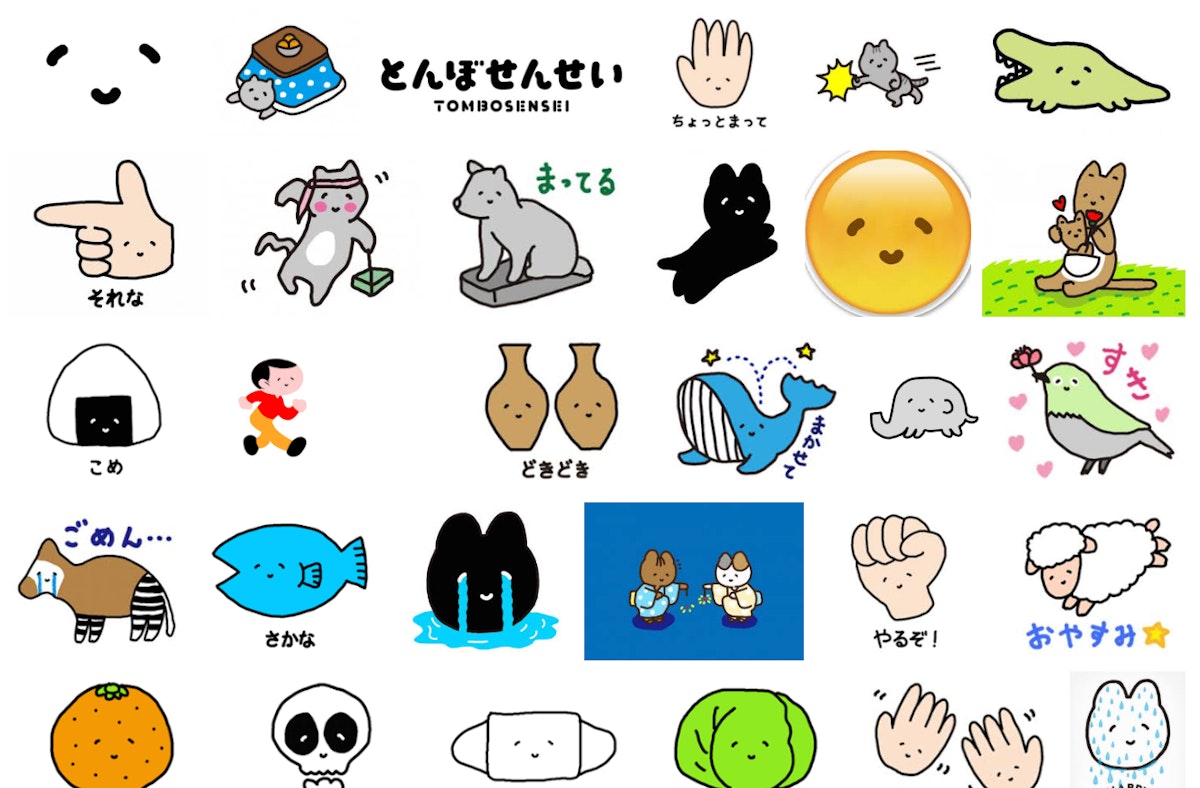
A few days prior, Yoshioka led a very different public lecture in the Hatcher Library Gallery. "Hiroshima, Fukushima and Beyond" focused on Japanese images and stories related to national hopes and fears about nuclear power and fallout after World War II. The talk also raised questions about how Japanese artists and designers responded to the 2011 earthquake and ensuing Fukushima nuclear plant disaster.
But as Yoshioka demonstrated in this lecture, even a failing nuclear reactor can be kawaii. One lecture slide featured a couple of pitiful, personified nuclear reactors with taglines reading, "Peeing is a shame as a reactor," and "I don't want to work anymore."
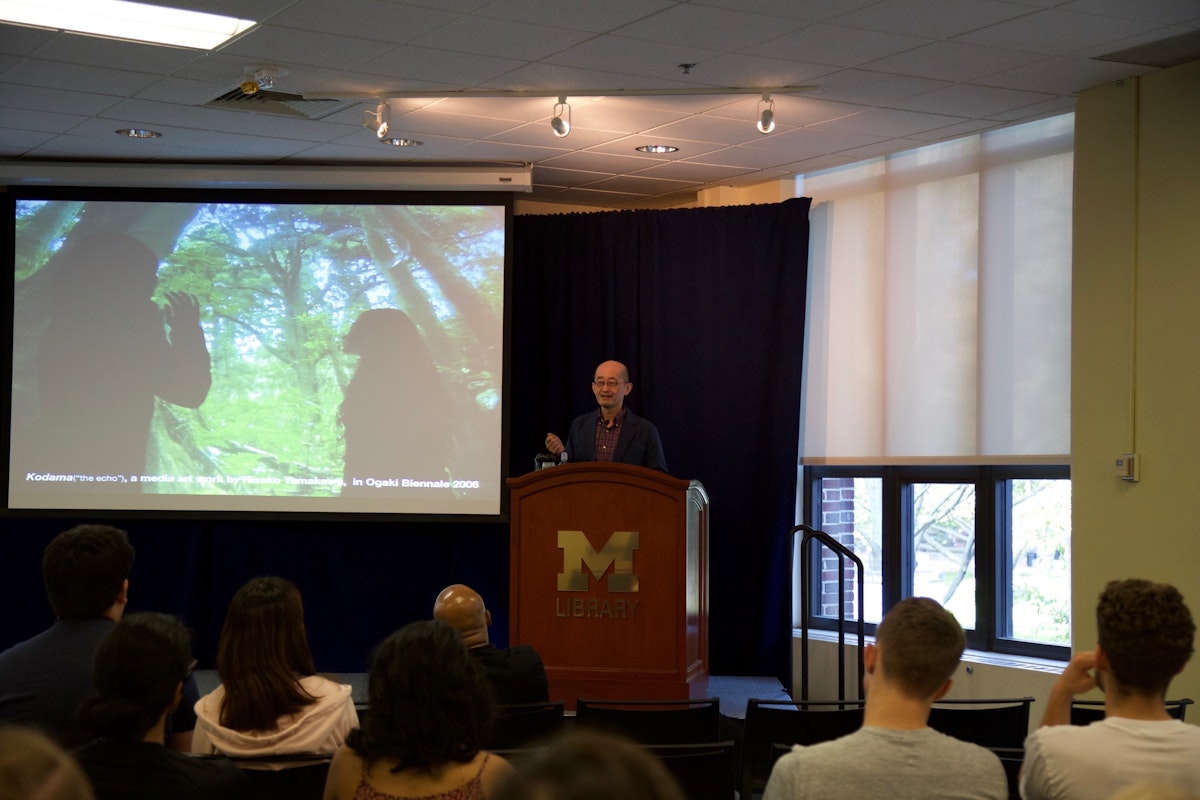
These kinds of expressions helped the country have hard conversations about a devastating disaster, he said.
In another example, Yoshioka said when Emperor Showa died in 1989, many high school aged girls participated in a national campaign to memorialize the late emperor. The outpouring of support surprised Japanese newspapers, who assumed the girls didn't know the emperor's history. But the answer they gave when asked about their involvement was surprising.
"’I am doing this, because Emperor Showa is kawaii,’ was their response,” Yoshioka said.
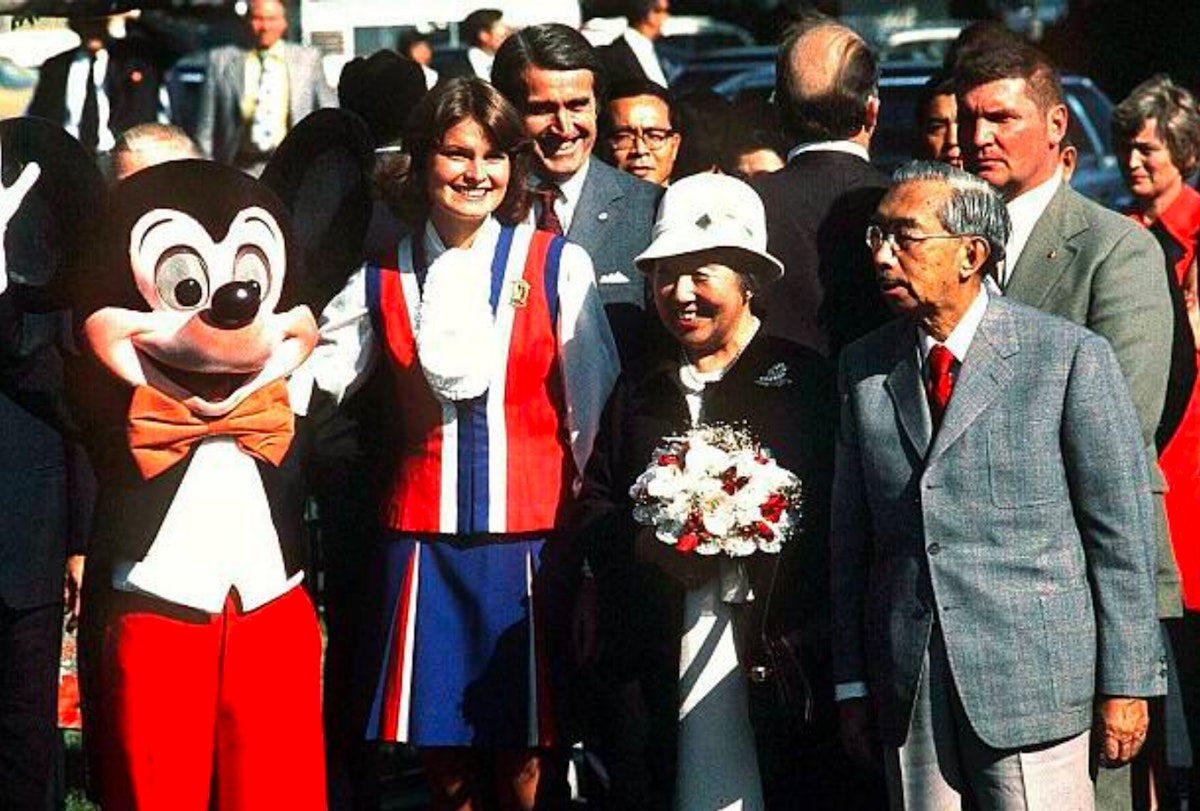
He went on to explain that the impulse to protect a perceived harmless being — in this case, the elderly emperor — is also part of kawaii culture.
Stamps Dean Gunalan Nadarajan invited Yoshioka to campus to share his decades of experience "deciphering and understanding contemporary art and design through the lens of popular visual culture."
"We believe it is absolutely critical for students to engage with ideas and people from different cultural contexts," Nadarajan said.
Stamps Associate Professor and ARTDES 150 instructor Irina Aristarkhova said the course is meant to give Stamps undergrads a better understanding of art and design over time and across cultures, as they develop their abilities to evaluate, and create, work from different points of view.
She hoped Yoshioka's lectures would give students insight into the increasingly global context of art and design today.
"Many of them copy anime and manga but are unaware of the theories and histories behind these genres and media," she said. "Yoshioka is a world expert, and our students had a chance to be exposed to one of the best minds Japan has to offer today on this topic."
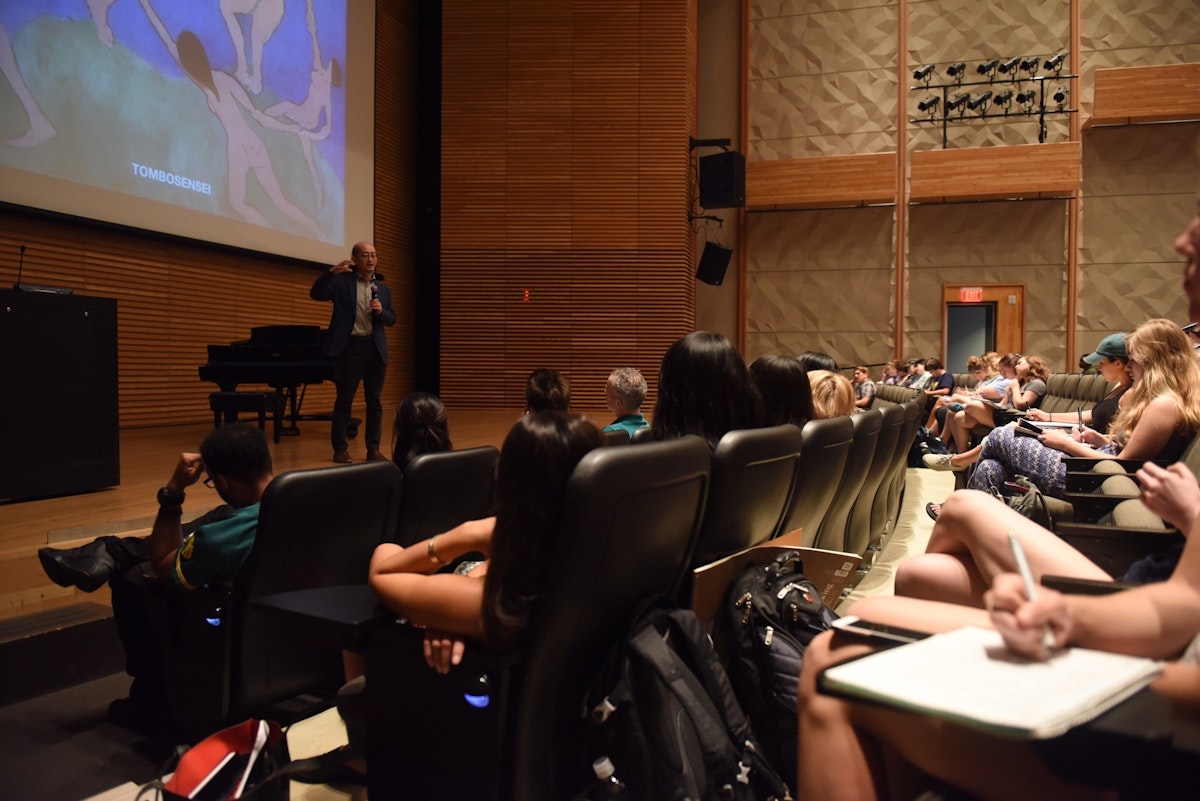
Angelique Lemrow (Stamps BFA '21) was pleasantly surprised by Yoshioka's class visit. A self-described "consumer of cute things and kawaii," Lemrow visited Japan as a high school freshman and recalled the many colorful characters she first encountered in the airports, train stations, and subways.
She enjoyed getting the background on kawaii, its etymology, and its place in Japanese culture, as well as seeing it taken seriously as a topic of study. "I didn't know this was something that would be considered art, because they don't talk about it in art classes in high school," Lemrow said. "This cute stuff [wasn't] considered 'high art' or art that matters.
"They want you to look at the masters and repaint one of Van Gogh's paintings, or something. It was interesting to figure out this stuff does count as art in the modern age, and it's not just all really old paintings."
Learn more about Hiroshi Yoshioka.
Story by Eric Gallippo.